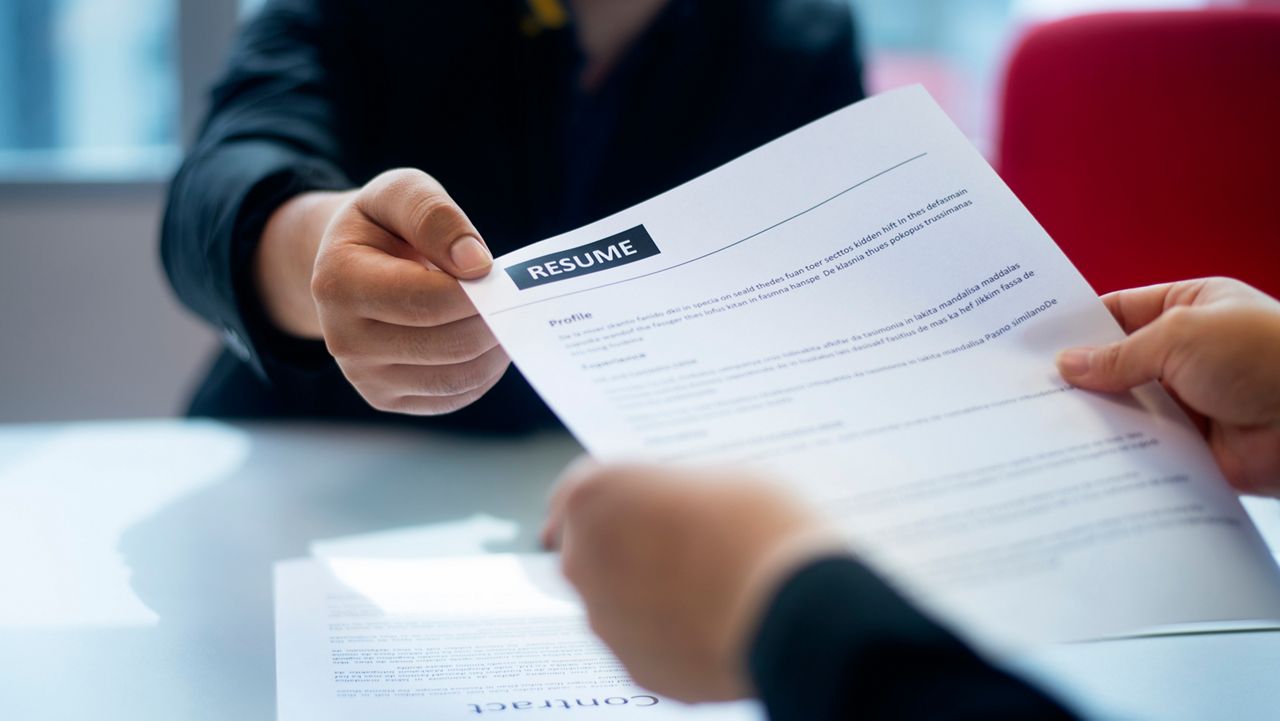For many people, chemistry can be a complicated subject.
Graduate student Ashley Gleason is trying to find a way to make it understandable.
Ashley is deaf and primarily uses American Sign Language to communicate.
Throughout college, Gleason worked with interpreters, and that’s something that’s not always easy in her major.
"There are not a lot of resources that are upper-level ASL signs for these STEM-related fields and subjects,” Gleason said.
In most scenarios, she works with an interpreter to develop a sign that works for both of them. But that can change from person to person.
"An interpreter will say, maybe this is a good sign, and then I give them feedback on that and we can agree to establish a sign for use in that class,” Gleason said. "If there's a different interpreter for that next class or next seminar, we will all negotiate among ourselves to figure out an appropriate concept or conceptually accurate sign.”
Gleason wants to make learning stem concepts accessible to more deaf and hard-of-hearing students.
That’s where ASL Core comes in.
“Here at RIT people, interpreters, students [and] subject matter experts got together and they agreed upon developing signs that were conceptually accurate, accurate,” Gleason said.
The visual dictionary creates set standardized signs. Students who aren’t sure what the sign is for a word or concept can use ASL Core to look it up for any subject.
Professor Christopher Kurz explains that standardized signs can help deaf students understand STEM concepts better.
“A lot of interpreters finger spell, and that's very difficult for students because that's a double burden on the individual,” Kurz said. "Yes, it will help them know how to spell the English word, but there's no concept, there's no grounding in what that concept means or what that word means.”
When students have that grounding, in Kurz’s experience, they’re more excited and motivated to learn.
“They can understand different ideas in different careers that might be available to them in the stem world,” Kurz said. “So if they have that understanding, they can use their language in an amazing way to make sure they can achieve their dreams.”
When Gleason graduates, they want to work in a hospital doing echocardiography, and leave behind a way to make STEM subjects understandable for anyone.








